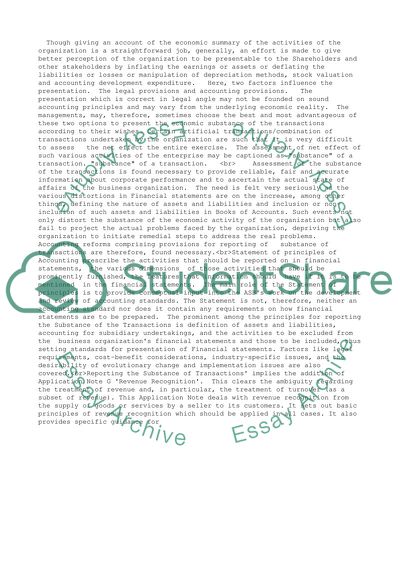Cite this document
(“Accounting for the Substance of Transactions Essay”, n.d.)
Accounting for the Substance of Transactions Essay. Retrieved from https://studentshare.org/business/1523191-accounting-for-the-substance-of-transactions
Accounting for the Substance of Transactions Essay. Retrieved from https://studentshare.org/business/1523191-accounting-for-the-substance-of-transactions
(Accounting for the Substance of Transactions Essay)
Accounting for the Substance of Transactions Essay. https://studentshare.org/business/1523191-accounting-for-the-substance-of-transactions.
Accounting for the Substance of Transactions Essay. https://studentshare.org/business/1523191-accounting-for-the-substance-of-transactions.
“Accounting for the Substance of Transactions Essay”, n.d. https://studentshare.org/business/1523191-accounting-for-the-substance-of-transactions.


